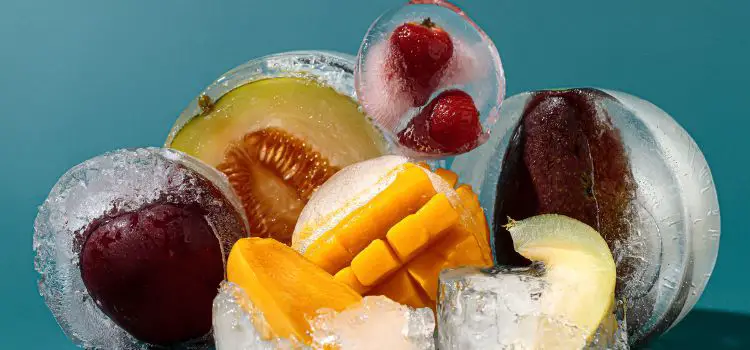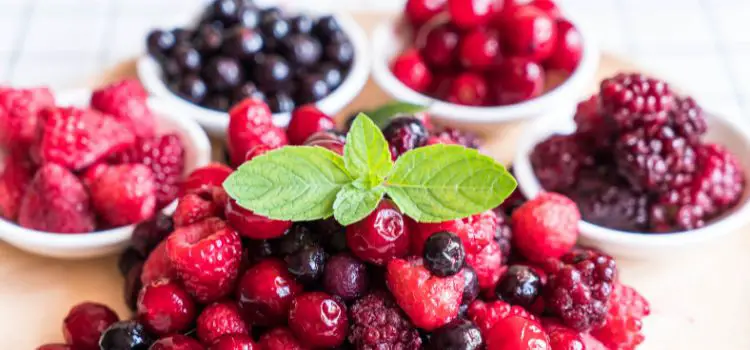As an Amazon Associate, I earn from qualifying purchases

Vacuum sealing has revolutionized the way we store food, offering a practical solution to extend shelf life and maintain quality. By removing air from the packaging, vacuum sealing significantly reduces the risk of spoilage and freezer burn, making it an ideal method for preserving frozen foods.
This technique not only helps in maintaining the taste and texture of food but also ensures that the nutritional value is retained over time. For those who frequently freeze food, understanding the benefits and methods of vacuum sealing can lead to more efficient and effective food storage.
The Process of Vacuum Sealing Frozen Food
Vacuum sealing frozen food involves using specialized equipment to remove air from the packaging, creating an airtight seal. This process is straightforward but requires attention to detail to ensure optimal results.
- Explanation of Vacuum Sealing Techniques and Equipment: Vacuum sealers come in various types, including handheld models and countertop machines. These devices work by extracting air from the bag or container and sealing it tightly. The choice of equipment depends on the volume and type of food you plan to seal. Countertop models are generally more powerful and suitable for larger quantities.
- Steps for Vacuum Sealing Frozen Food Effectively: Begin by selecting the appropriate vacuum seal bags or rolls, ensuring they are compatible with your machine. Place the frozen food inside the bag, leaving enough space at the top for sealing. Use the vacuum sealer to remove air and create a tight seal. For best results, ensure the food is pre-frozen to prevent moisture from interfering with the sealing process.
Types of Frozen Foods Suitable for Vacuum Sealing

Not all frozen foods are created equal when it comes to vacuum sealing. Some types are more suitable for this preservation method than others.
- Meats and Seafood: Vacuum sealing is particularly beneficial for meats and seafood, as it prevents freezer burn and maintains the natural juices and flavors. Whether it’s chicken, beef, fish, or shellfish, vacuum sealing ensures these proteins remain fresh and flavorful for extended periods.
- Vegetables and Fruits: While many vegetables and fruits can be vacuum sealed, it’s often recommended to blanch them first. Blanching helps preserve color, texture, and nutrients. Once blanched and cooled, these foods can be vacuum sealed and stored in the freezer for months.
- Prepared Meals and Leftovers: Vacuum sealing is an excellent way to store prepared meals and leftovers. By sealing individual portions, you can easily manage meal prep and reduce food waste. This method is perfect for soups, stews, casseroles, and other dishes that freeze well.
Tips for Effective Vacuum Sealing
To maximize the benefits of vacuum sealing frozen food, consider these practical tips:
- Best Practices for Sealing Frozen Foods: Ensure that the food is dry before sealing, as excess moisture can affect the seal’s integrity. For items with sharp edges, such as bones, consider wrapping them in parchment paper to prevent punctures. Always use high-quality vacuum seal bags designed for freezing.
- Maintaining Quality and Avoiding Freezer Burn: Freezer burn occurs when air reaches the food’s surface, causing dehydration and oxidation. Vacuum sealing minimizes this risk by creating an airtight environment. Regularly check the seals to ensure they remain intact, and reseal if necessary.
- Proper Labeling and Storage in the Freezer: Label each vacuum-sealed package with the date and contents. This practice helps you keep track of what you have and ensures you use older items first. Organize your freezer to allow for proper air circulation and easy access to sealed packages.
Conclusion
Vacuum sealing is a powerful tool for preserving frozen food, offering numerous benefits such as extended shelf life, maintained quality, and reduced waste. By understanding the process and following best practices, you can make the most of this preservation method.
Whether you’re storing meats, vegetables, or prepared meals, vacuum sealing provides a reliable way to keep your food fresh and delicious. Embrace this technique to enhance your food storage strategy and enjoy the convenience and efficiency it brings to your kitchen.
FAQ
Is it better to vacuum seal frozen food?
Yes, vacuum sealing frozen food is better as it prevents freezer burn by eliminating air exposure, thus preserving flavor, texture, and nutritional value. This method significantly extends the food’s shelf life and ensures it remains fresh, making it an ideal choice for long-term storage.
How long does vacuum-sealed frozen food last?
Vacuum-sealed frozen food can last significantly longer than traditionally stored items, typically up to 2 to 3 years without substantial quality loss. This extended shelf life is due to the reduced air exposure, which helps maintain taste, texture, and nutritional content, preventing freezer burn.
Can you vacuum seal meat already frozen?
Yes, you can vacuum seal meat that is already frozen. Ensure the meat is pre-frozen to prevent moisture interference during sealing. This method locks in freshness and further extends the meat’s shelf life, making it ideal for long-term storage.
As an Amazon Associate, I earn from qualifying purchases